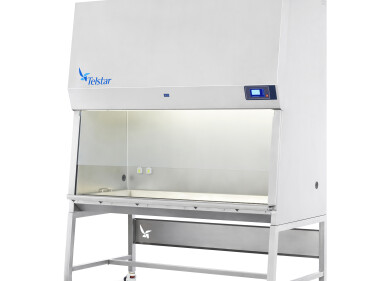-
 Brain scans could identify children likely to develop dyslexia before they learn to read
Brain scans could identify children likely to develop dyslexia before they learn to read
Laboratory Products
Brain scans suggest biological reason for dyslexia
Aug 14 2013
Dyslexia could be identified in children prior to them learning to read by using brain scans, according to a new study. Research performed at the Massachusetts Institute of Technology (MIT) has found that it could be possible to diagnose dyslexia in preschool children through the use of brain scans, before they have even started to read. The discovery could enable children to be given extra help earlier on, in order to help them overcome the disability.
Researchers at MIT worked in partnership with the Boston Children's Hospital to produce the study, which has been published in the 'Journal of Neuroscience'. The new findings build upon previous research conducted on adults with dyslexia, which found that adults with the disability had a smaller arcuate fasciculus.
This part of the brain is a connecting structure that joins the Broca's area with the Wernicke's area. The Broca's area of the brain is integral to the production of speech, while the Wernicke's area is utilised within the understanding of spoken and written language.
Prior to this new study, scientists were unsure if the reduction in the size of the arcuate fasciculus was a product of dyslexia or the cause of it. However, the study, which involved assessing nursery school children for pre-reading sounds, suggests that the difference within the brain may be a biological cause of dyslexia.
The assessments allowed the researchers to estimate each child's pre-reading skills. Some 40 children then underwent MRI scans, which revealed that there was a correlation between the size of the arcuate fasciculus and how well they performed with pre-reading sounds.
Researchers have suggested that a larger arcuate fasciculus could allow the two sections of the brain that it connects, communicate better. If this is the case, it could mean that a larger arcuate fasciculus enables a person to understand spoken and written word more efficiently, as well as help in the production of speech. Identifying this difference early on could mean children likely to suffer from dyslexia are given more help at an earlier stage and therefore be more likely to overcome it.
Digital Edition
International Labmate 49.6 - Sept 2024
September 2024
Chromatography Articles - HPLC gradient validation using non-invasive flowmeters Mass Spectrometry & Spectroscopy Articles - From R&D to QC, making NMR accessible for everyone: Putting NMR...
View all digital editions
Events
Oct 06 2024 Liverpool, UK
Oct 08 2024 Gothenburg, Sweden
Oct 09 2024 Birmingham, UK
Oct 09 2024 NEC, Birmingham, UK
Oct 15 2024 Milan, Italy


.jpg)














